Posted on April 20, 2015 09:35:00 PM
Why we have to import rice
62 12 Google +0 0
 |
There are many misconceptions by Filipinos about the country’s rice industry. The most notable is that our Southeast Asian neighbors sent students to the International Rice Research Institute (IRRI) and the University of the Philippines in Los Baños, and these neighbors are now exporting rice to us. Most Filipinos could not understand why the Philippines imports rice, and not export. Here are some explanations.

|
RELATED STORIES
 M.A.P. Insights — Rolando T. Dy: “Poverty and farm productivity: ASEAN scorecard”
 M.A.P. Insights — Rafael M. Alunan III: “A Bangsamoro deal that runs roughshod over the Constitution? Unacceptable…”
 M.A.P. Insights — Chit U. Juan: “Why Women’s Month?”
 M.A.P. Insights — Jose Rene S. Gayo: “Helping families rise out of poverty”
 M.A.P. Insights — Greg Navarro: “WHAT SHOULD BOARDS WATCH OUT FOR IN 2015?”
|
First, IRRI trained scientists in all major rice-producing countries, not just the Philippines. The IRRI has trained and worked with Vietnam, the Bangladesh Rice Research Institute, the Malaysian Agriculture Research Institute, the Thai Department of Agriculture and the Indonesia Agency for Agriculture Research as early as the 1970s.
In fact, the Philippine Rice Research Institute, created only in 1985, was late in coming. National rice research institutes are important in developing varieties suited to different conditions. Just because IRRI is located in the Philippines does not mean the Philippines has been favored by IRRI. IRRI has released more than a thousand modern rice varieties in 78 countries since its founding in 1960.
Second, the Philippines has been a net rice importer for the last 50 years. According to the Food and Agricultural Organization, from 1961 to 2011, the Philippines was an importer for 40 years, and a significant exporter for only four years (1979-1981 and 1987). In 2012 to 2015, it also imported rice. This is in part due to smaller rice areas and lower yields even in irrigated areas because of water scarcity in the dry season.
Third, the Philippines has less comparative advantage in rice production compared to countries drained by the world’s large rivers: India, Myanmar, Thailand and Vietnam. All are rice exporters in the process. Add to that the 20 typhoons that hit the country every year. Rice production cost in the Philippines is higher than in Thailand, Vietnam and India.
Fourth, exporting rice is a major losing proposition. Today, the Philippines can export ordinary rice at the highest price of P18 per kilo as compared to the current wholesale price of over P28 per kilo. The export price translates to at best P9 per kilo at farmgate, way below the market price of around P15 per kilo.
Food security must be anchored in income. Sadly, the Philippines has the highest poverty incidence as compared to Indonesia, Malaysia, Thailand and Vietnam. Tens of millions have little purchasing power.
While rice is the country’s major staple, there is need to diversify to other crops in order to boost farm incomes for food security. The question that needs to be asked is whether we have invested enough in other crops that could make a great difference in poverty reduction. These are coconut, coffee, cacao, fruits, rubber, oil palm and aquaculture.
Rolando T. Dy is the Vice-Chair of the M.A.P. AgriBusiness and Countryside Development Committee, and the Executive Director of the Center for Food and AgriBusiness of the University of Asia & the Pacific.
